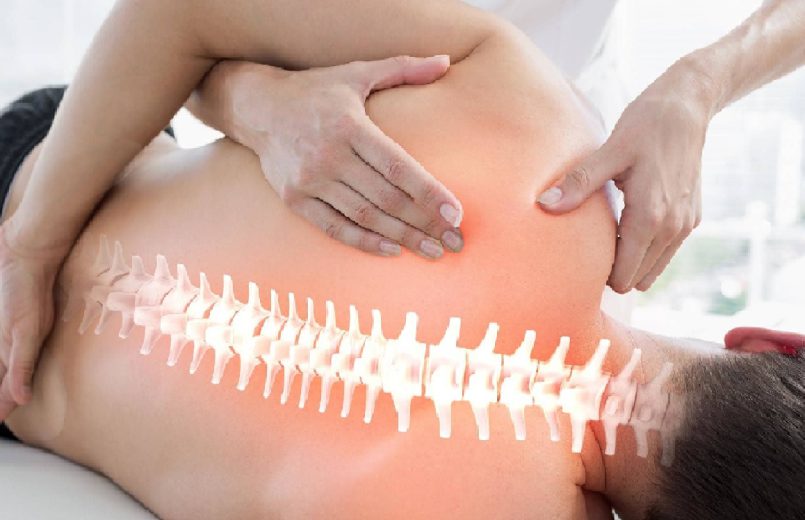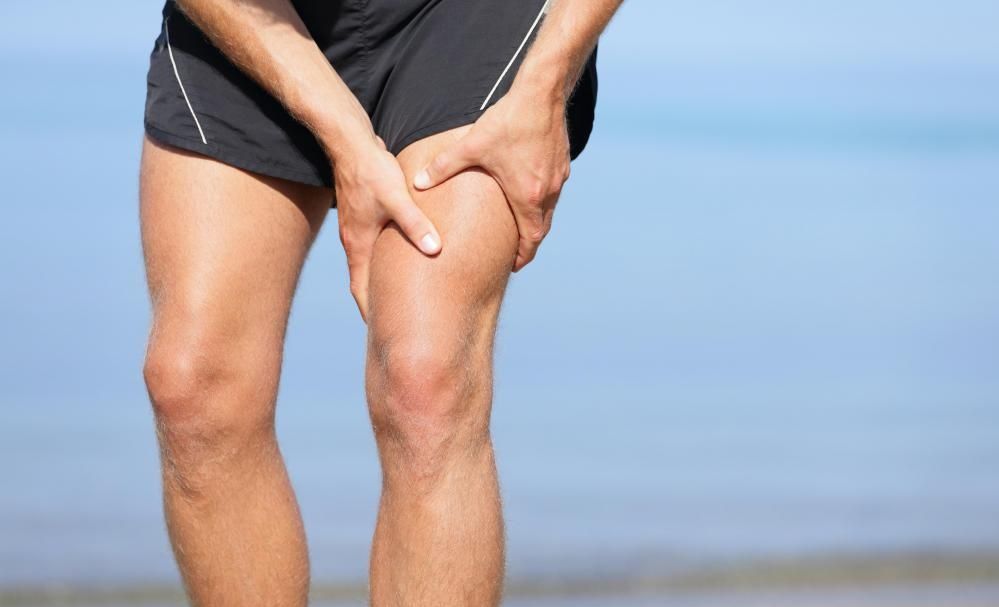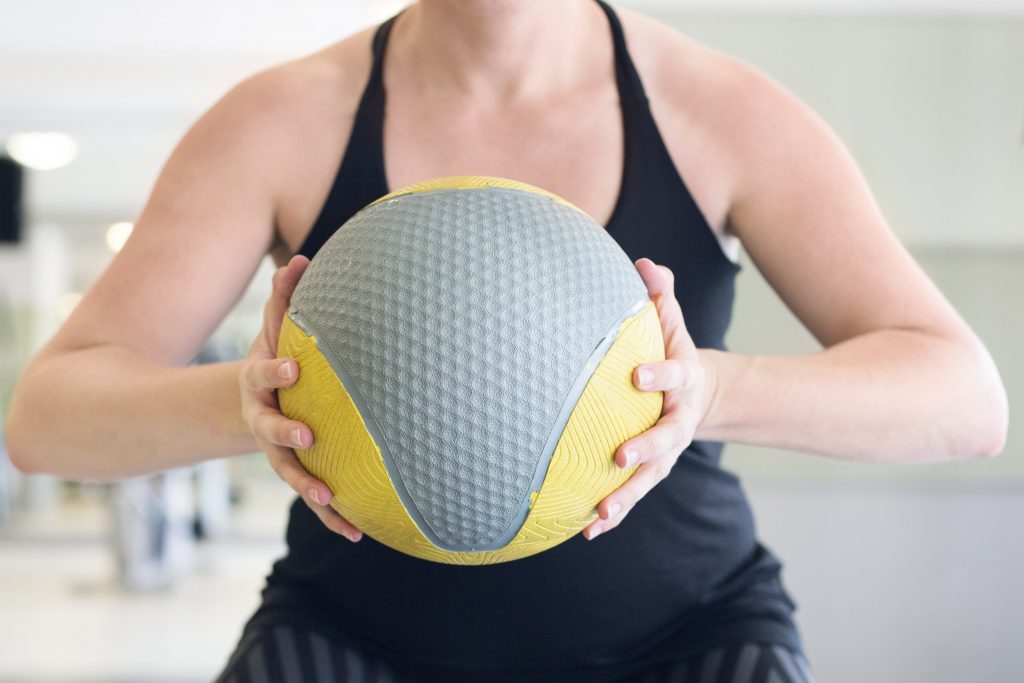What is physiotherapy?
The definition of physiotherapy was established as the discipline was consolidated and professionalized. In 1958 the World Health Organization defined it as the science of treatment through physical means, therapeutic exercise, massage therapy, and electrotherapy. In addition, physiotherapy includes the application of electrical and manual tests to determine the value of muscle involvement and strength, tests to determine functional capacities, the amplitude of joint movement and measures of vital capacity, as well as diagnostic aids for the control of the evolution.
Subsequently, physiotherapy defined as art and science that, through the set of methods, actions, and techniques, through both manual and instrumental application of physical means, cure, recover and adapt to people affected by somatic, psychosomatic and organic dysfunctions. Physiotherapy also has a preventive nature and can be recommended to people who wish to maintain an adequate level of health. Therefore, physiotherapy could be defined as the healing method through natural means (water, light, electricity), or mechanics, such as massage or gymnastics.
Benefits of physiotherapy
The techniques, exercises, and methods used in physiotherapy in Dwarka intervene positively in the patient’s health in several ways. These are the main benefits of physiotherapy:
- It helps to combat the symptoms of some pathologies: The techniques used act against pain and inflammation in muscle and joint injuries; It also helps fight some diseases, such as skin diseases (acne, psoriasis, and jaundice).
- Prevents diseases and discomforts: Many of the exercises used by a physiotherapist in Delhi is intended to re-educate postural behaviors and improve the body in order to avoid future diseases and discomfort in people at risk due to certain factors, such as spinal deformities.
- It helps to curb the effects of degenerative diseases: Physiotherapy is indicated, in many cases, to cushion and curb the impact of some effects caused by degenerative diseases and brain injuries, such as multiple sclerosis, ALS or Parkinson’s. Through techniques such as neurological physiotherapy, nervous system conditions related to postural tone and pathological neuromotor patterns can be treated, while respiratory physiology can combat respiratory system pathologies caused by degenerative diseases.
- Strengthens the body: Strengthens muscle, bone, and joint structures, and facilitates the range of movements and flexibility, which helps prevent injuries and recover earlier in case of suffering; In addition, it enables the body to better tolerate exercise since, through some techniques such as those used in respiratory physiotherapy, resistance can be increased.
- Increases well-being and quality of life: It is one of the main goals of physiotherapy. The professionals of this discipline are not only trained to diagnose, prevent and cure but the physiotherapist in Dwarka can also help modify environmental barriers in the workplace and domestic with the aim of facilitating access to all social activities possible.











